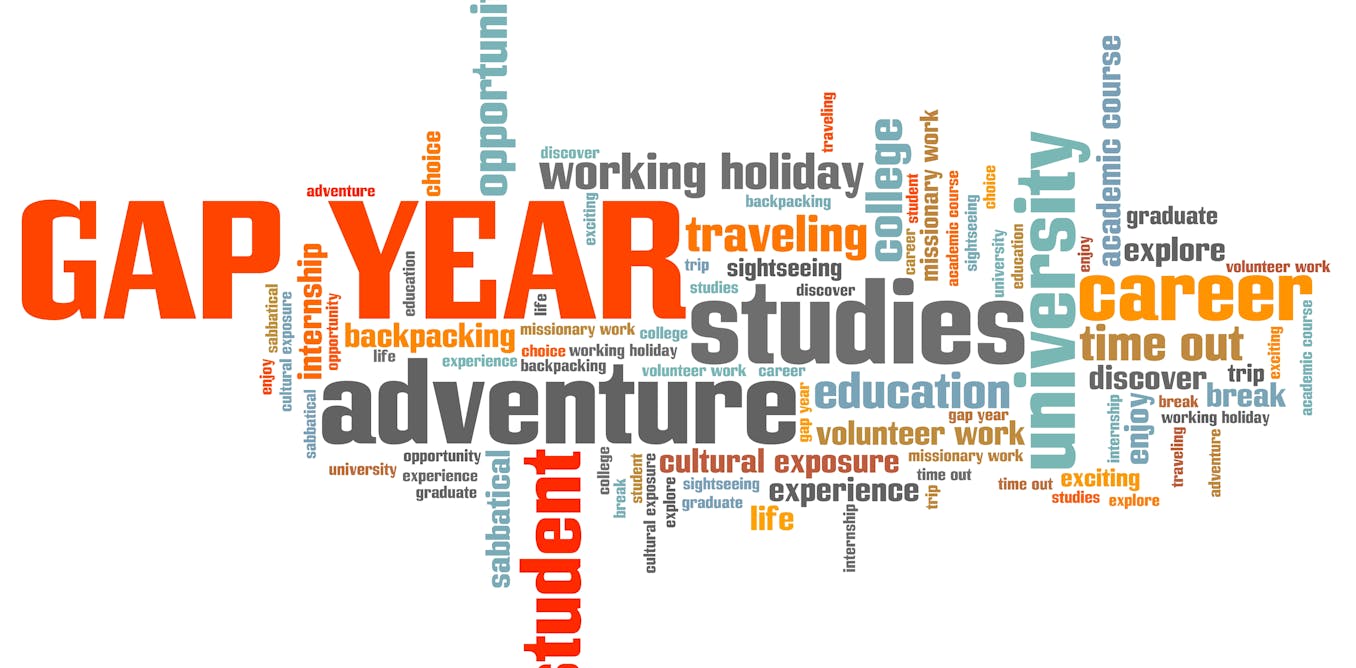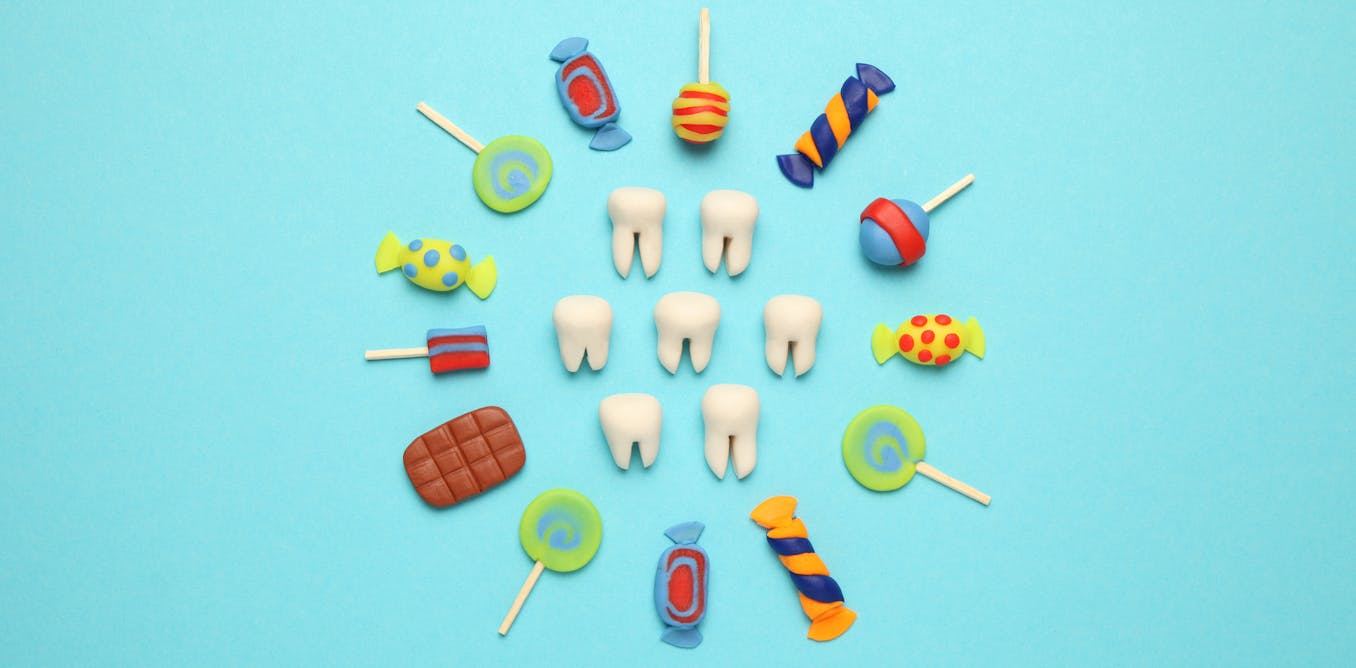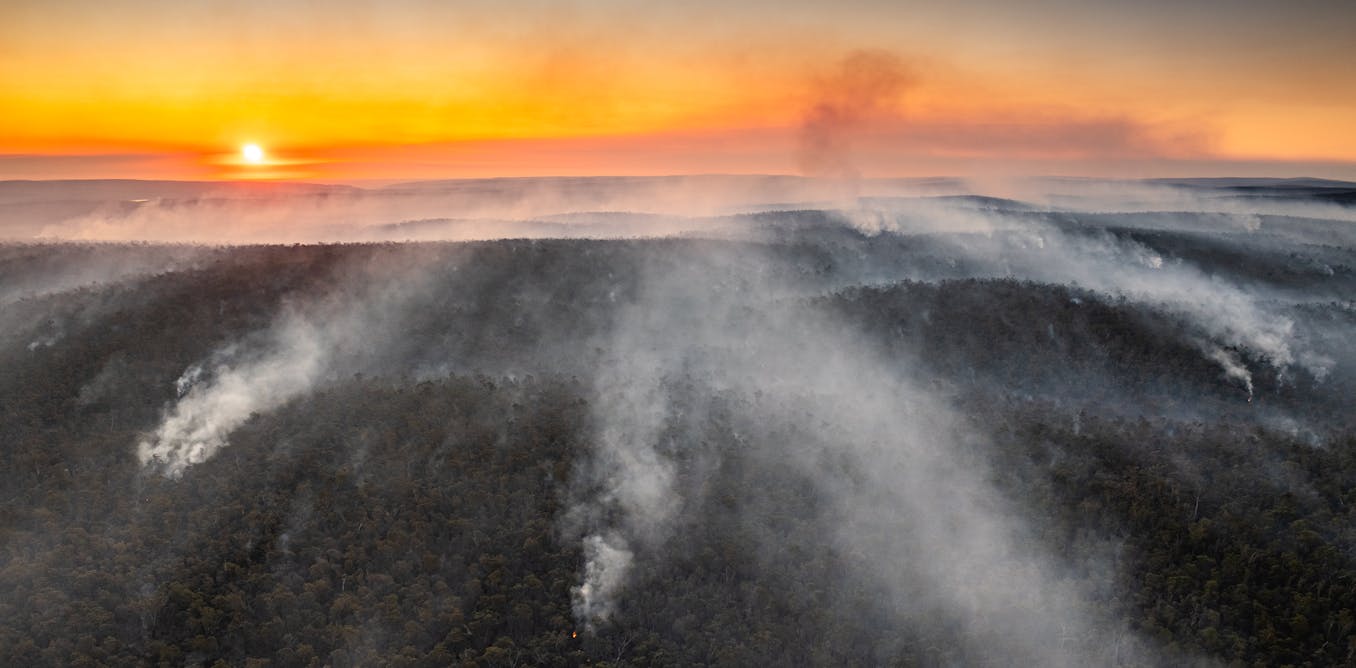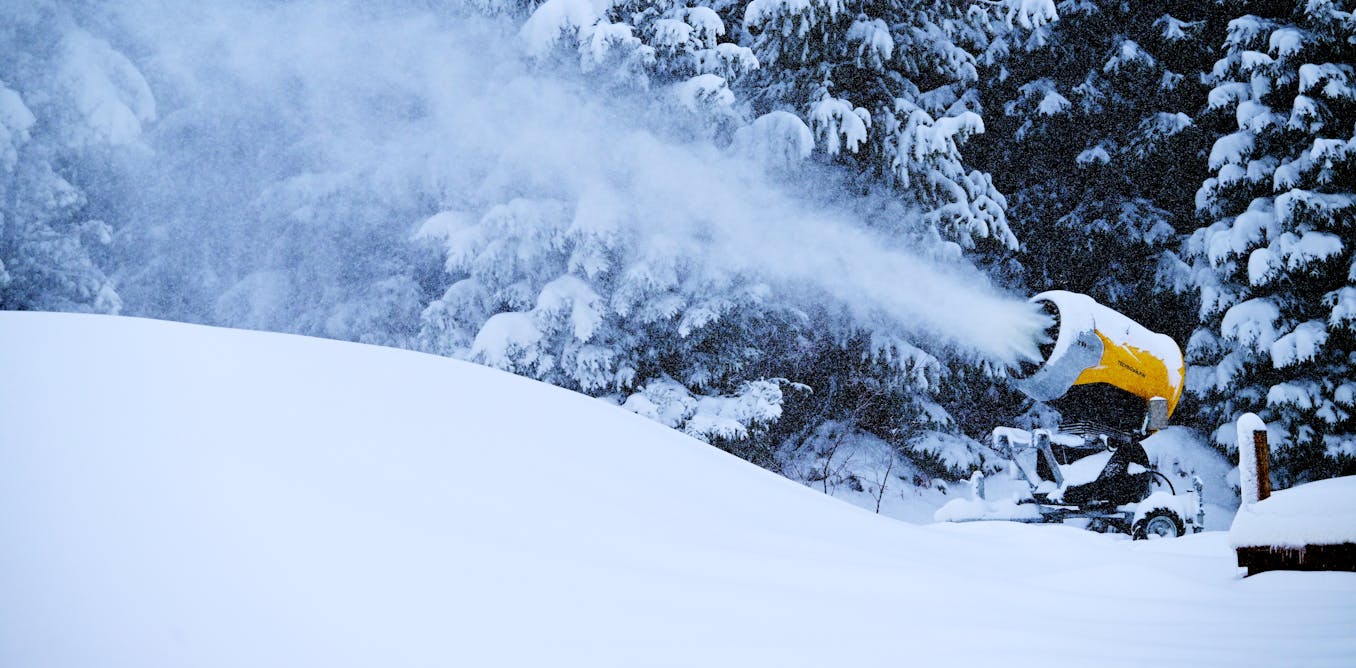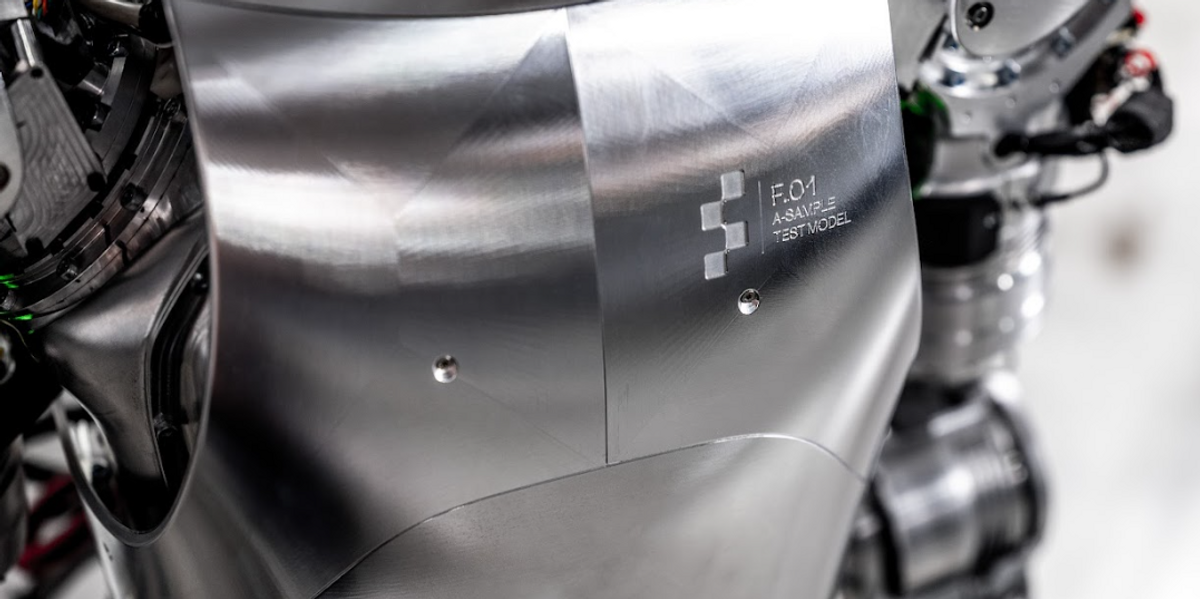Today, Figure is announcing an astonishing US $675 million Series B raise, which values the company at an even more astonishing $2.6 billion. Figure is one of the companies working toward a multipurpose or general-purpose (depending on whom you ask) bipedal or humanoid (depending on whom you ask) robot. The astonishing thing about this valuation is that Figure’s robot is still very much in the development phase—although they’re making rapid progress, which they demonstrate in a new video posted this week.
This round of funding comes from Microsoft, OpenAI Startup Fund, Nvidia, Jeff Bezos (through Bezos Expeditions), Parkway Venture Capital, Intel Capital, Align Ventures, and ARK Invest. Figure says that they’re going to use this new capital “for scaling up AI training, robot manufacturing, expanding engineering head count, and advancing commercial deployment efforts.” In addition, Figure and OpenAI will be collaborating on the development of “next-generation AI models for humanoid robots” which will “help accelerate Figure’s commercial timeline by enhancing the capabilities of humanoid robots to process and reason from language.”
As far as that commercial timeline goes, here’s the most recent update:
Figure
And to understand everything that’s going on here, we sent a whole bunch of questions to Jenna Reher, senior robotics/AI engineer at Figure.
What does “fully autonomous” mean, exactly?
Jenna Reher: In this case, we simply put the robot on the ground and hit go on the task with no other user input. What you see is using a learned vision model for bin detection that allows us to localize the robot relative to the target bin and get the bin pose. The robot can then navigate itself to within reach of the bin, determine grasp points based on the bin pose, and detect grasp success through the measured forces on the hands. Once the robot turns and sees the conveyor, the rest of the task rolls out in a similar manner. By doing things in this way we can move the bins and conveyor around in the test space or start the robot from a different position and still complete the task successfully.
How many takes did it take to get this take?
Reher: We’ve been running this use case consistently for some time now as part of our work in the lab, so we didn’t really have to change much for the filming here. We did two or three practice runs in the morning and then three filming takes. All of the takes were successful, so the extras were to make sure we got the cleanest one to show.
What’s back in the Advanced Actuator Lab?
Reher: We have an awesome team of folks working on some exciting custom actuator designs for our future robots, as well as supporting and characterizing the actuators that went into our current robots.
That’s a very specific number for “speed vs. human.” Which human did you measure the robot’s speed against?
Reher: We timed Brett [Adcock, founder of…
Read full article: Figure Raises $675M for Its Humanoid Robot Development

The post “Figure Raises $675M for Its Humanoid Robot Development” by Evan Ackerman was published on 02/29/2024 by spectrum.ieee.org






